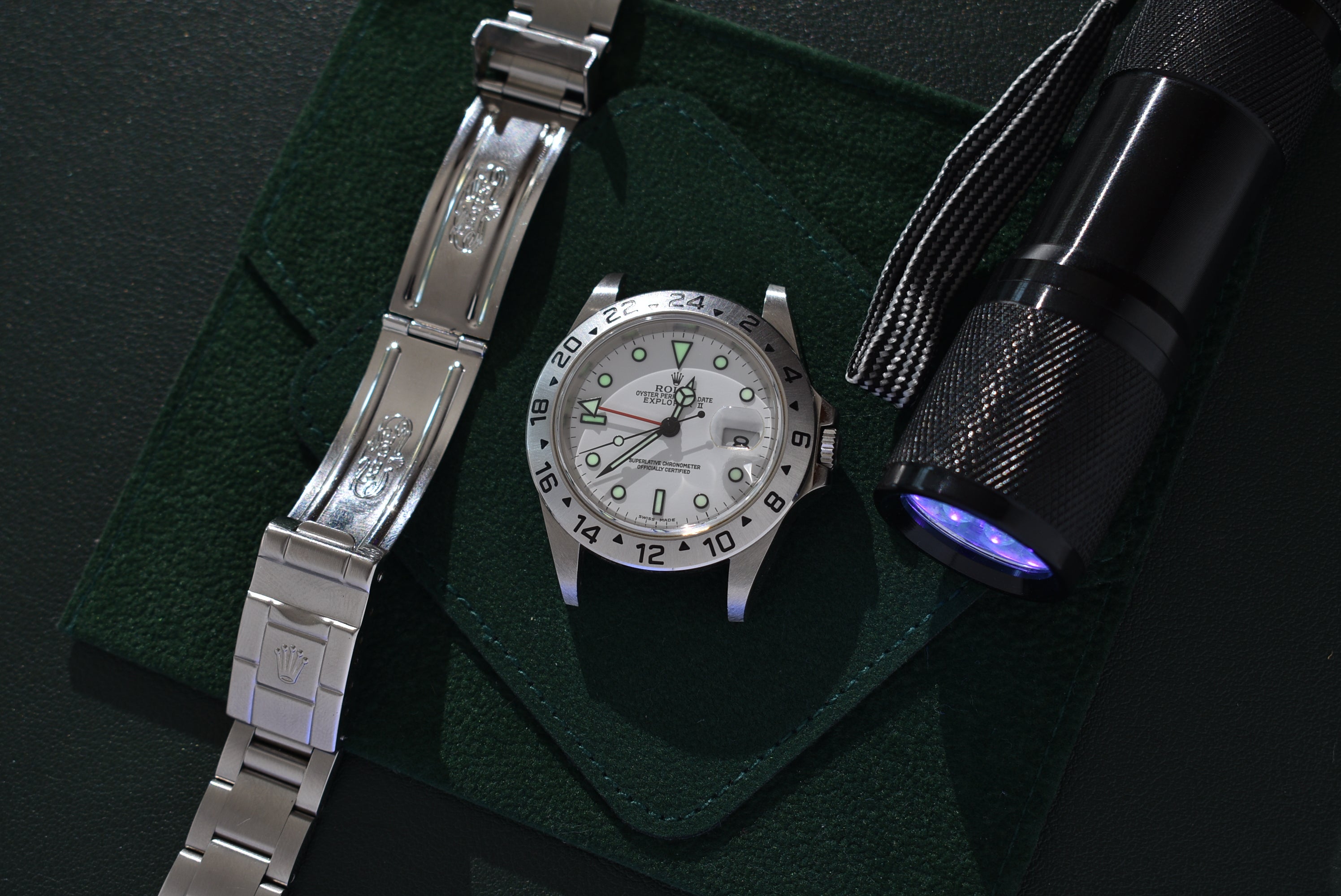Introduced in the 1930s as a chronometer for sports car drivers, the Speed King was inspired by high-speed racing culture. The original model had a simple design with a small second hand and a black dial, equipped with a manual-wind movement. Over time, the Speed King underwent several upgrades, including a larger case size and a self-winding movement in the 1950s. The 1960s saw the introduction of the Rolex Speed King Ref. 6420, known for its distinctive style and design.
The Speed King was discontinued in the 1970s, but it remains highly sought after by collectors and enthusiasts. Sir Malcolm Campbell, a daring and adventurous racing driver, began his partnership with Rolex in the 1930s when he attempted to set land speed records. Rolex provided Campbell with their timekeeping expertise and precision watches to help him accurately measure his record-breaking speeds. In 1935, Campbell set a new land speed record of 301 mph in his Bluebird car, powered by a Rolls-Royce engine. This record-breaking run cemented Campbell's legacy as one of the greatest drivers of his time, and his partnership with Rolex continued to set new ground in the world of racing.














